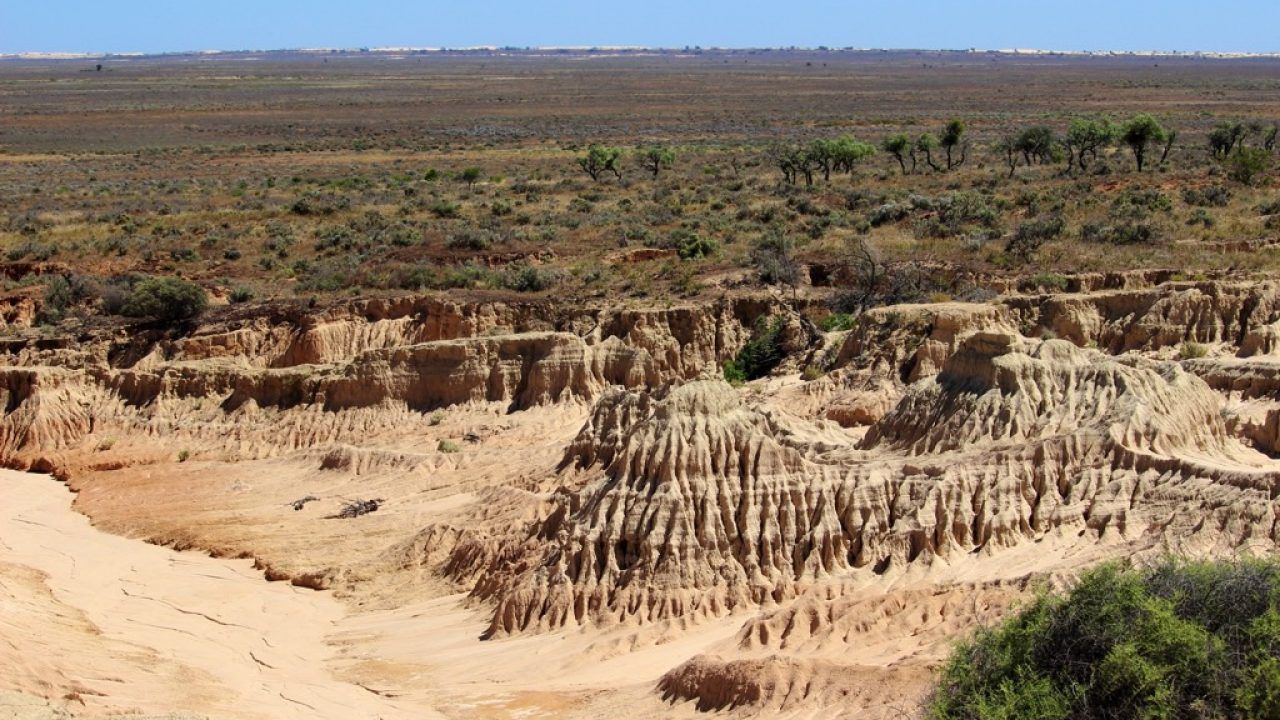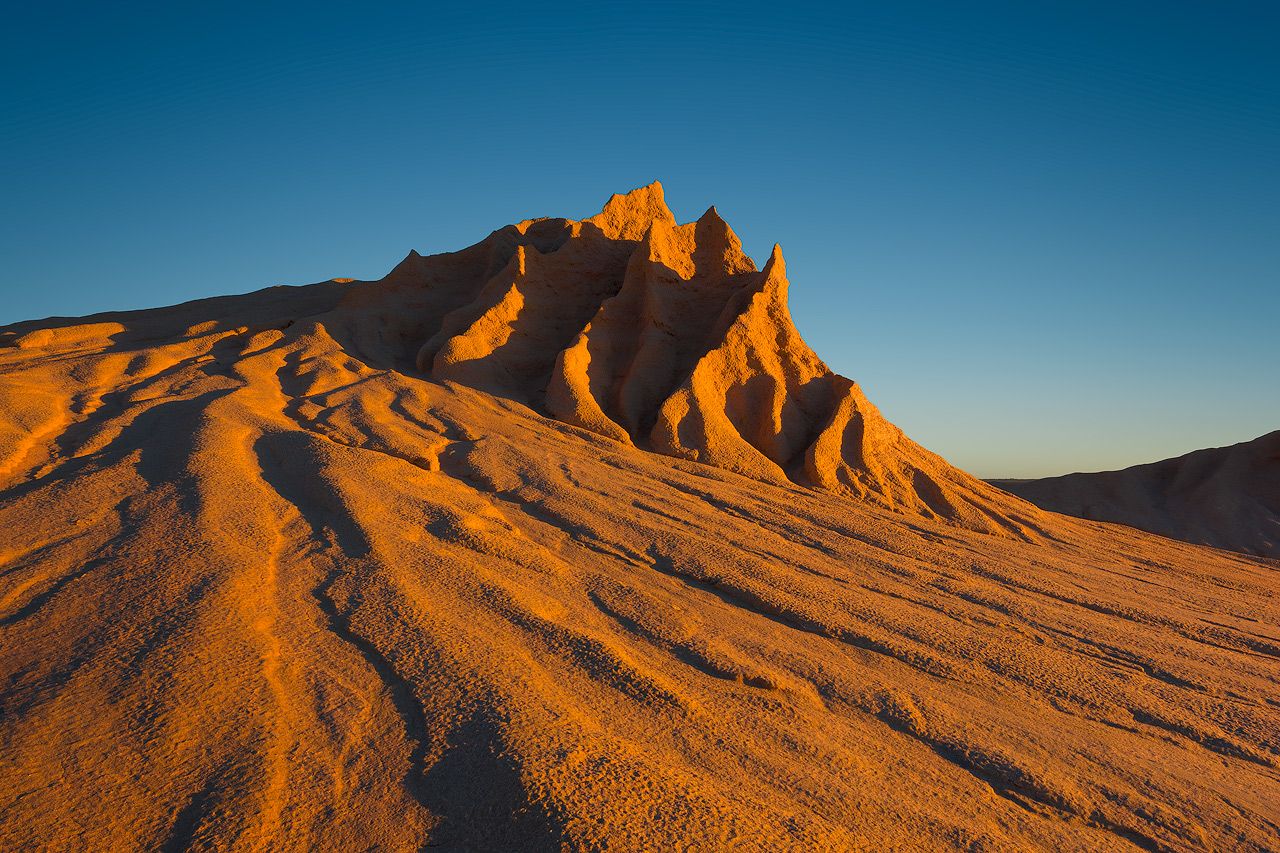For travelers with a thirst for history, or even prehistory, Mungo National Park in Australia is worth exploring.
It was the site where researchers discovered that the island continent was inhabited more than 40,000 years ago. And today, the area still unravels more than its share of mysteries.
3 Mungo Man And Mungo Lady
Back in 1974, scientists unearthed the remains of two of the oldest remnants of human life in Australia, a man and a woman whom they labeled Mungo Man and Mungo Lady. While more research has since determined people have lived on the continent almost twice that long, the discovery was testament that aboriginal Australians are the second oldest species of man still living today, next to their African equivalents.
That's exciting stuff for armchair archaeologists hankering for such an adventure tour abroad. Mungo National Park, located in New South Wales in the Willandra Lakes region, might have stunned scientists more than 50 years ago, but even today, the most casual of tourists can stumble on an artifact from yesteryear.
2 Evidence From The Past
It's most likely to happen during the Full Moon Tour, a monthly event when visitors get access to where all the scientific action took place. Much of that is on a 10-mile stretch of land called the Walls of China, where layers of sand and silt shift with the winds, occasionally revealing a piece of evidence from the past.
Sometimes nature unearths items like broken shells and animal bones, most likely remains from an aboriginal meals thousands of years ago. That said, the tours only takes place with permission from aboriginal tribes like the Mutthi Mutthi, Ngiyampaa and Paakantji, and even then, the prime directive is look, but don't touch.
1 Original Inhabitants
Those not inclined to roughing it can settle for what's on display at the visitor's center, where such attractions as a life-size replica of a diprotodon (a prehistoric hippo-sized ancestor of the modern kangaroo) and a 20,000-year-old footprints embedded in an extracted slate of sand and clay continue to draw people in.
Accommodations at Mungo National Park are far more convenient than what the original inhabitants experienced. The park does have facilities for camping, while others might opt for the nearby Mungo Lodge, which also has a bar and bistro. It's also nearly a 10-hour drive from Melbourne.



